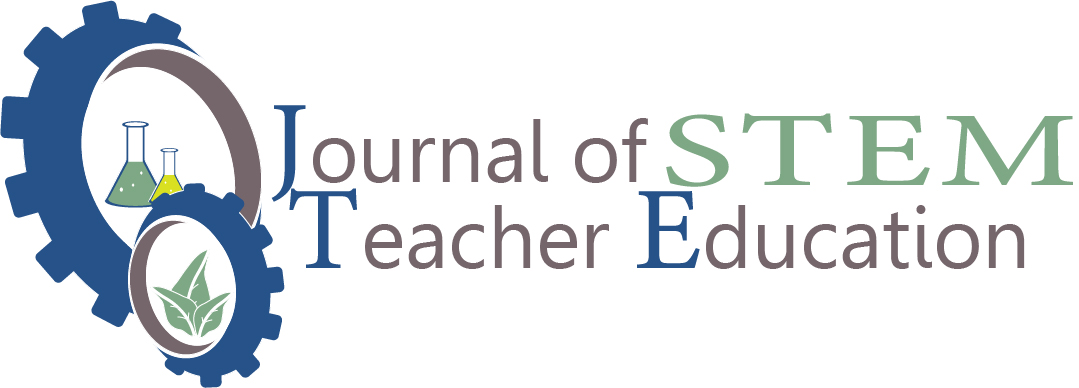
Abstract
The launch of a new Engineering Technology undergraduate degree at a research intensive university prompted collaboration from six different disciplines within the College of Technology. With a flexible curriculum designed to meet existing and future workforce needs, the program of study incorporated both new and revised courses. One of the new courses is a gateway Introduction to Engineering Technology course designed to attract and retain both traditional and nontraditional students. In this introductory course, engineering technology is defined based on the skill set needed for the current and future economy. The gateway course employs a reverse course-content-delivery design whereby students engage traditional lecture-based subject matter in a user-friendly manner that encourages students to revisit lectures on-demand. Students work through a series of at-home assignments in a linear manner, labeled simply as read, watch, and do. These assignments build upon each other to develop both depth and breadth through repeated exposure and analysis of core concepts. This is consistent with learning theory literature, which is replete with studies showing that when students experience expectation failure, followed by a time of thorough and investigative feedback loops, learning gains are increased almost fourfold, from 20–30% to nearly 80% (Karpicke & Roediger, 2008). In addition, based upon student persistence theory (Tinto, 2003), common student experiences are developed for both engineering technology content and the social learning aspect of higher education to create learning-communities for the gateway students (Tinto, 1997).
Recommended Citation
Laux, Chad M.; Walton, Abram; Van Epps, Amy; Sandall, Darrel L.; and Cooper, Delana
(2015)
"Gateway Experiences to Engineering Technology: Development of an Introductory Course,"
Journal of STEM Teacher Education: Vol. 50:
Iss.
1, Article 9.
Available at:
https://ir.library.illinoisstate.edu/jste/vol50/iss1/9

